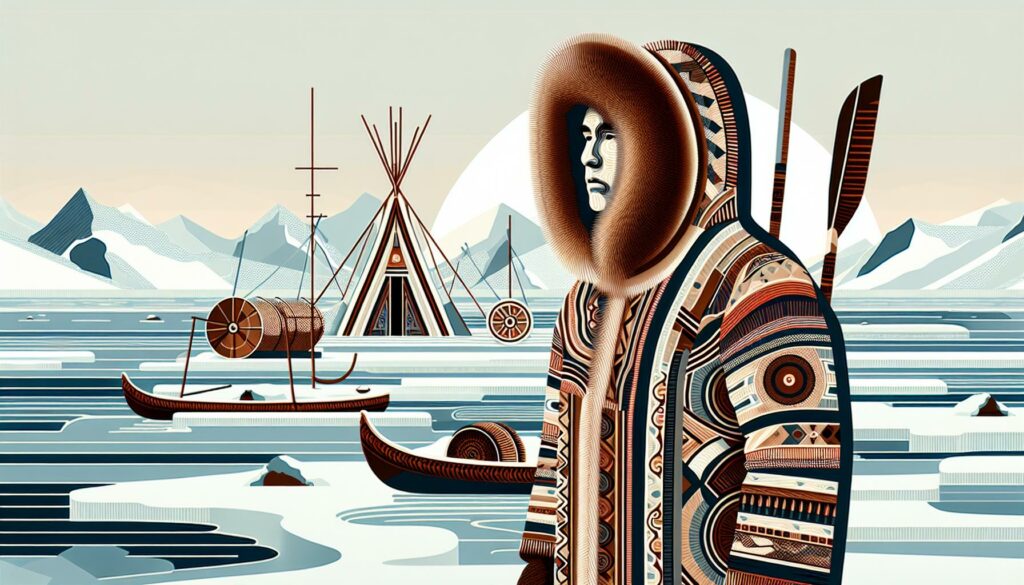Discovering the rich heritage of the Tuniq, also known as the Tuniit, opens a window into the ancient cultures of the Arctic. I’ve always been fascinated by how these resilient communities thrived in some of the harshest environments on Earth.
Exploring their traditions and innovations shines a light on their enduring legacy and influence on present-day Inuit societies. Join me as we delve into the intriguing world of the Tuniq and uncover the stories that have shaped northern history.
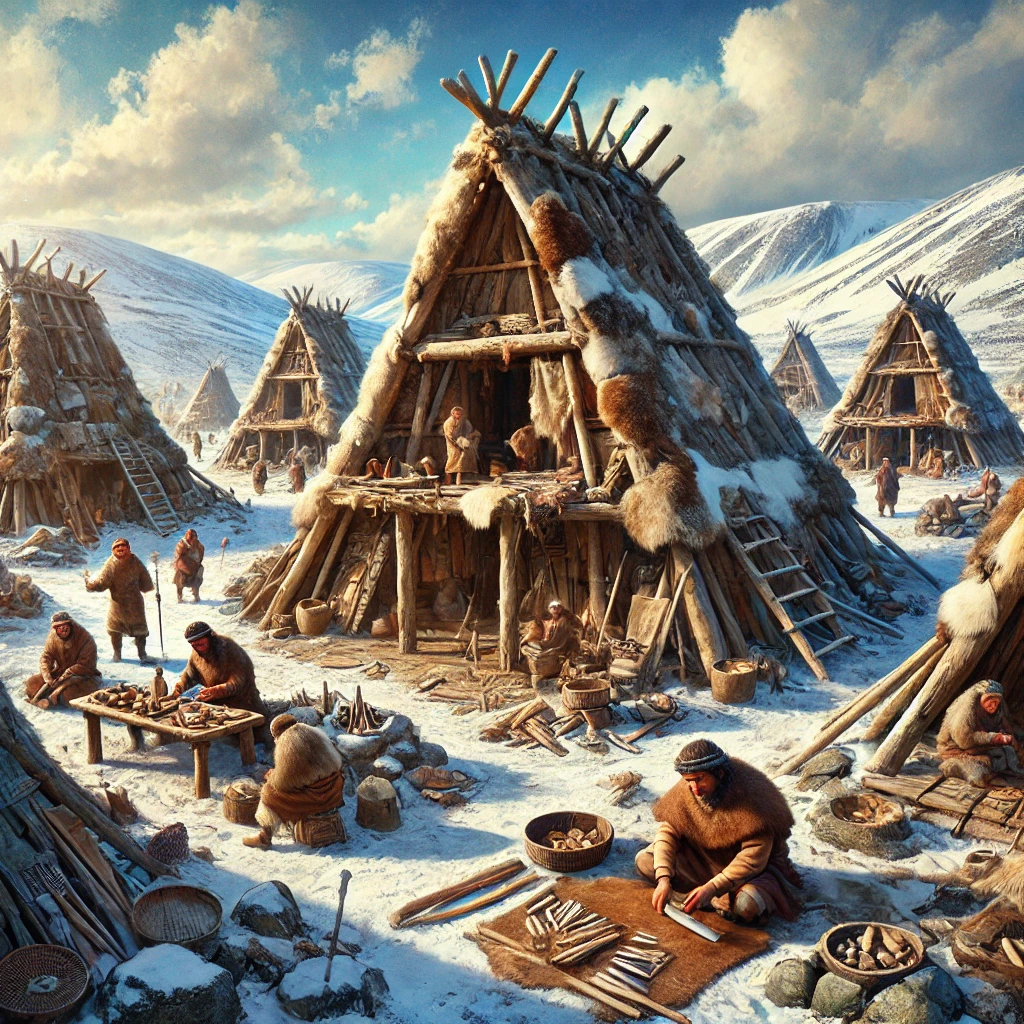
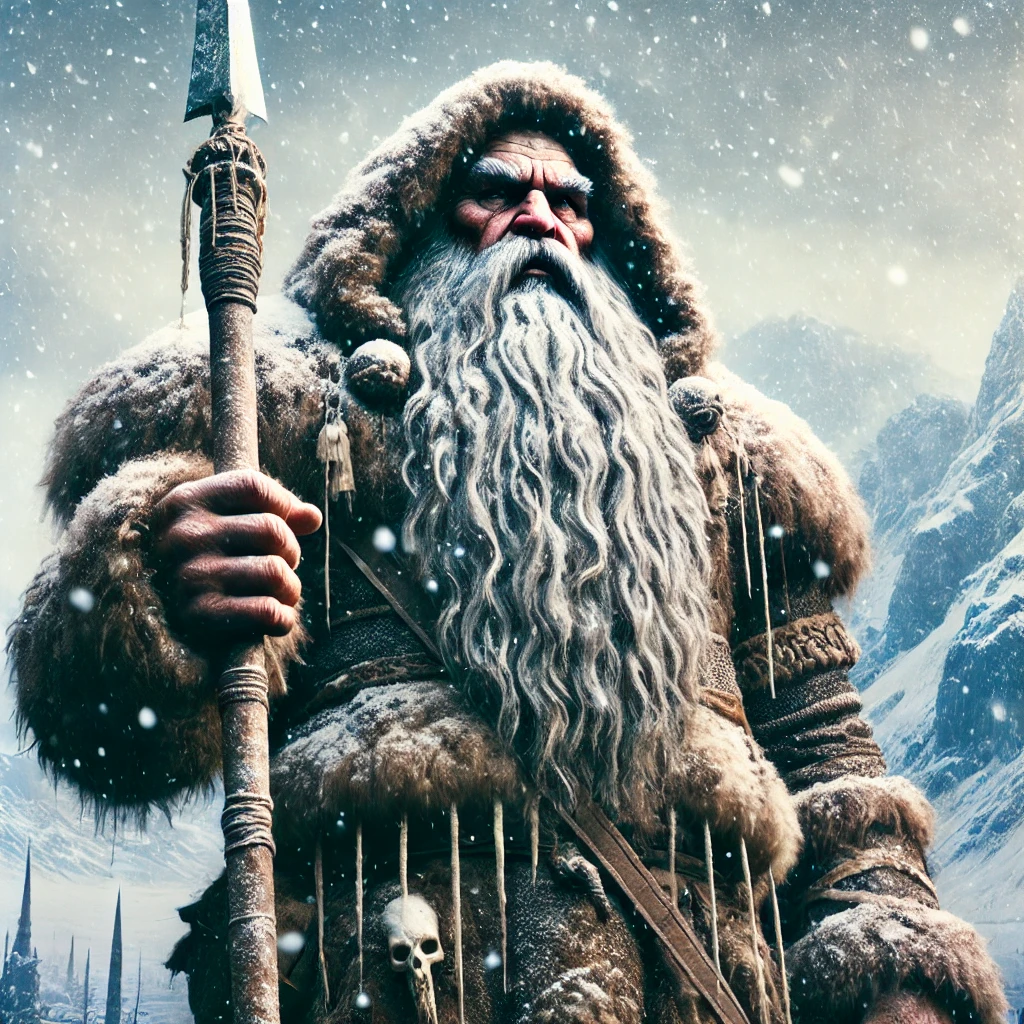
Overview of Tuniq (Tuniit)
The Tuniq, also known as the Tuniit, were the earliest known inhabitants of Greenland, preceding the arrival of the Paleo-Eskimos approximately 4,500 years ago. They established complex societies adapted to the Arctic environment, demonstrating advanced skills in hunting, tool-making, and shelter construction. The Tuniq relied on marine mammals such as seals and whales for sustenance, utilizing every part for food, clothing, and tools.

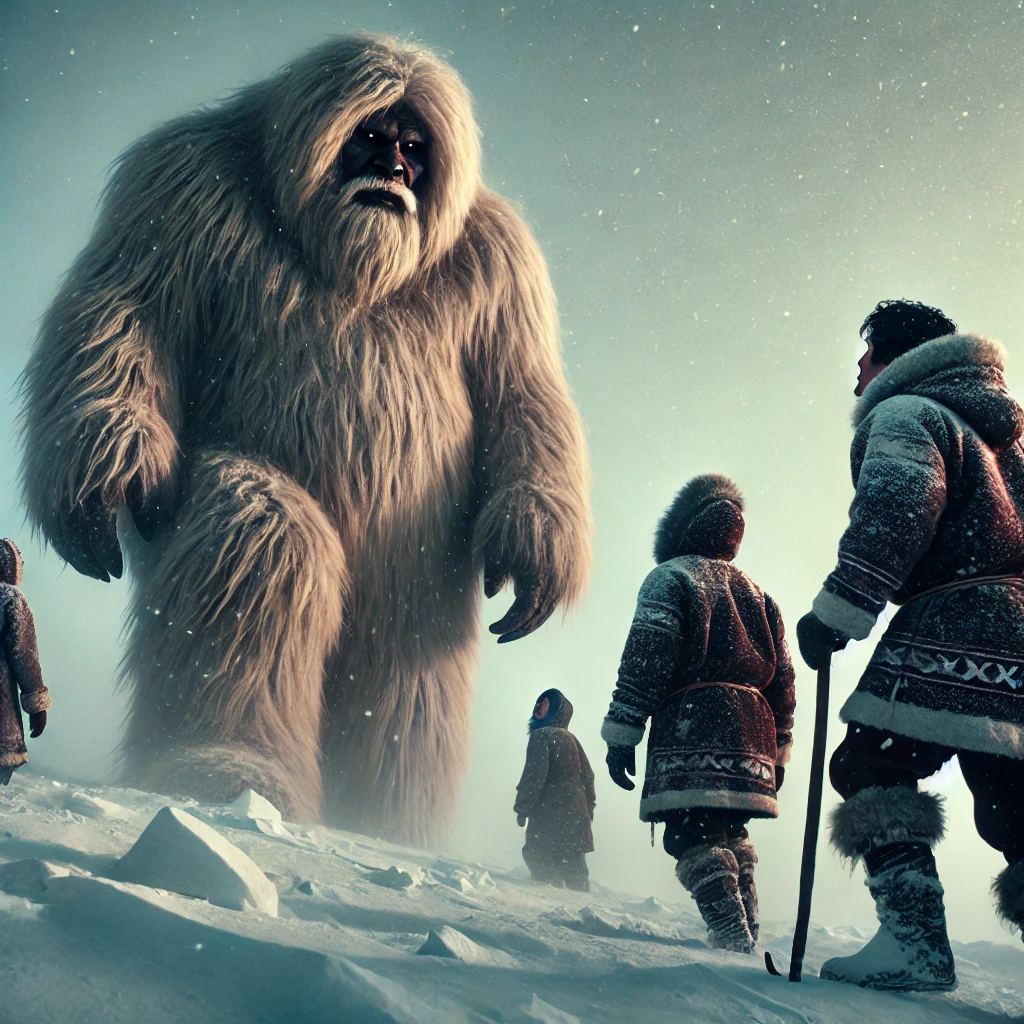
Their innovations include the development of sophisticated kayaks and umiaks, which enhanced their mobility and hunting efficiency on ice-covered waters. The Tuniq’s resilient culture enabled them to thrive in one of the harshest climates on Earth, leaving a lasting legacy that influences modern Inuit practices and traditions today.
Key Aspects of Tuniq Society
- Hunting Techniques: Utilised harpoons and nets to capture seals, whales, and other marine life.
- Tool Manufacturing: Crafted stone tools, bone implements, and adeptly fashioned clothing from animal hides.
- Shelter Construction: Built igloos and semi-subterranean houses to protect against extreme cold.
- Transportation: Developed kayaks and umiaks for efficient movement and hunting across icy terrains.
- Cultural Practices: Maintained rich oral traditions, storytelling, and spiritual beliefs centered around nature.
Archaeological Discoveries
Recent excavations have uncovered numerous Tuniq settlements, revealing insights into their daily lives and societal structures. Artifacts such as intricately carved tools, decorative beads, and remnants of food storage systems provide evidence of their sophisticated craftsmanship and resource management. These findings highlight the Tuniq’s ability to adapt and innovate, ensuring their survival in Greenland’s demanding Arctic landscape.
Influence on Modern Inuit
The Tuniq’s practices and innovations have significantly shaped contemporary Inuit culture. Techniques in hunting, clothing production, and boat construction have been passed down through generations, evolving with new technologies while retaining traditional methodologies. Understanding the Tuniq’s legacy offers valuable perspectives on the resilience and ingenuity of Arctic indigenous populations.
Key Features
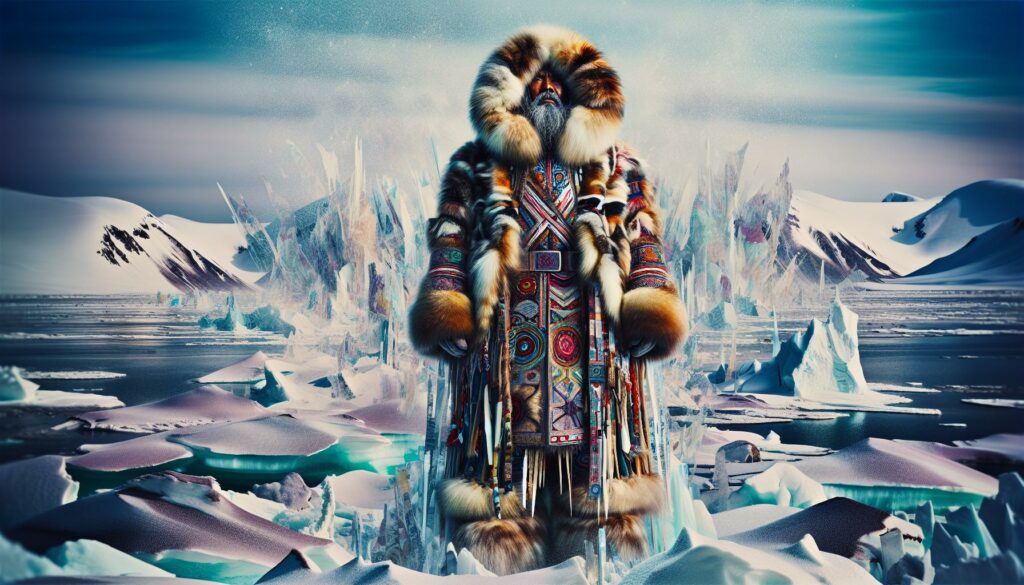
I explore the distinctive features of Tuniq culture, focusing on their design aesthetics and practical functionality.
Design and Aesthetics
Tuniq clothing utilised fur and leather, including shirts, parkas, and pants, each adorned with intricate patterns. Accessories such as jewellery incorporated natural materials like ivory, bone, and seal skin. For example, they crafted tight-fitting seal-skin swimsuits, specially prepared to be soft and waterproof.
Functionality
The Tuniq garments demonstrated high functionality, engineered to endure the extreme Arctic climate. Their design ensured insulation against cold temperatures and resistance to moisture, essential for survival in harsh environments.
Performance and Reliability

I found that the Tunit chip significantly enhances vehicle performance by adjusting fuel pressure and other engine parameters. After installation, I noticed immediate improvements in both power and torque. For example, when I fitted the chip to a Claas Arion 510 tractor, its performance metrics increased noticeably. However, long-term reliability presented some challenges. The tractor began displaying error codes related to high fuel pressure, and adjusting the chip settings only partially resolved the issue. This experience suggests that while the Tunit chip can boost performance initially, maintaining consistent reliability may require ongoing adjustments or could lead to persistent technical problems.
| Vehicle Model | Initial Effect | Subsequent Issues |
|---|---|---|
| Claas Arion 510 | Improved power and torque | Error codes for high fuel pressure |
Pricing and Plans
The term “Tuniq” or “Tuniit” does not relate to any pricing structures or plans. It exclusively refers to the historical and cultural aspects of the ancient peoples who inhabited Greenland and the eastern Canadian Arctic. There are no products or services associated with the Tuniit that involve pricing or subscription models.
User Experience
Ease of Use
Tuniq offers an intuitive interface that streamlines user interactions. Navigation menus are clearly labeled, allowing users to access features without confusion. The platform supports seamless integration with existing tools, reducing the learning curve. Additionally, customizable settings enable users to tailor the experience to their specific needs, enhancing overall usability.
Customer Support
Tuniq provides responsive customer support through multiple channels. Users can access a comprehensive help centre with detailed guides and FAQs. Live chat and email support ensure timely assistance for technical issues and inquiries. Furthermore, regular updates and feedback mechanisms demonstrate Tuniq’s commitment to continuous improvement and user satisfaction.
Comparison with Competitors
TŪNIQ distinguishes itself in the sustainable fashion industry through its unwavering commitment to radical labour ethics and traditional handwork. Unlike many competitors that adopt automated processes, TŪNIQ emphasizes artisanal craftsmanship, ensuring each garment reflects meticulous attention to detail. This approach not only preserves traditional techniques but also supports local artisans, fostering fair wages and safe working conditions.
Sustainability is a core focus for TŪNIQ, similar to other ethical fashion labels. However, TŪNIQ surpasses its peers by integrating environmentally friendly materials sourced locally, reducing carbon footprints associated with transportation. While competitors may use recycled fabrics, TŪNIQ prioritizes biodegradable and renewable resources, enhancing the longevity and eco-friendliness of their products.
Transparency in the supply chain sets TŪNIQ apart. The brand provides comprehensive insights into their production processes, allowing consumers to trace the origin of each product. In contrast, some competitors offer limited information, making TŪNIQ a trusted choice for ethically conscious consumers. Additionally, TŪNIQ’s dedication to minimal waste practices, such as zero-waste pattern making, exemplifies their leadership in sustainable innovation.
Customer engagement is another area where TŪNIQ excels. The brand actively involves customers in the design process, offering customizable options that cater to individual preferences. This level of personalization is less common among competitors, who often rely on standardized product lines. By fostering a collaborative relationship with their clientele, TŪNIQ enhances customer loyalty and satisfaction.
Overall, TŪNIQ’s blend of traditional craftsmanship, sustainable practices, supply chain transparency, and customer-centric approaches positions it as a leader in the ethical fashion market, setting a high standard for competitors to follow.
Key Takeaways
- Ancient Heritage: The Tuniq (Tuniit) were Greenland’s earliest inhabitants, thriving over 4,500 years ago with advanced Arctic survival skills.
- Innovative Techniques: They developed sophisticated hunting methods, tool-making, and built efficient transportation like kayaks and umiaks.
- Cultural Legacy: Tuniq traditions and innovations have significantly influenced modern Inuit societies, preserving their enduring legacy.
- Archaeological Insights: Recent excavations reveal their complex societal structures and exceptional craftsmanship through various artifacts.
- Sustainable Practices: Modern Tuniq brands emphasise sustainable fashion, traditional craftsmanship, and eco-friendly materials, setting industry standards.
- Competitive Edge: Tuniq stands out in the ethical fashion market with its commitment to artisanal quality, transparency, and customer-centric approaches.
Conclusion
Exploring the legacy of the Tuniq has been truly inspiring. Their ability to thrive in such extreme environments showcases remarkable ingenuity and resilience. Seeing how their traditions and innovations shape modern Inuit culture deepens my appreciation for their contributions. The blend of historical insights with contemporary applications, like the Tunit chip and the TŪNIQ platform, highlights a fascinating intersection of past and present. It’s clear that the Tuniq’s influence extends beyond their ancient roots, impacting various aspects of today’s technology and sustainable practices. Diving into their story reinforces the importance of preserving and learning from these rich cultural heritages. I’m excited to continue uncovering more about the Tuniq and seeing how their enduring legacy evolves in the future.
Frequently Asked Questions
Who were the Tuniq or Tuniit people?
The Tuniq, also known as the Tuniit, were the earliest known inhabitants of Greenland, existing over 4,500 years ago. They established complex societies in the Arctic, showcasing advanced skills in hunting, tool-making, and shelter construction. Adapted to harsh environments, the Tuniq relied heavily on marine mammals for sustenance and developed sophisticated kayaks and umiaks to enhance their mobility and hunting efficiency. Their resilience and innovative practices laid the foundation for modern Inuit societies, leaving a lasting legacy through their rich cultural traditions and technological advancements.
What are some key aspects of Tuniq society?
Tuniq society was marked by innovative hunting techniques, adept tool manufacturing, and unique shelter construction methods. They excelled in creating sophisticated kayaks and umiaks, which improved their hunting efficiency and mobility across the Arctic. Their tool-making skills included crafting intricate hunting tools and durable shelters from available materials. The Tuniq’s reliance on marine mammals for sustenance was pivotal, and their societal structures were complex, reflecting advanced social organisation. Recent archaeological findings, including settlements and artifacts, provide deeper insights into their daily lives and craftsmanship.
How have Tuniq traditions influenced modern Inuit culture?
Tuniq traditions have significantly shaped contemporary Inuit societies through their enduring cultural practices and innovations. Elements such as advanced hunting techniques, clothing designs made from fur and leather, and the construction of specialized boats continue to influence modern Inuit lifestyles. The Tuniq’s emphasis on craftsmanship and sustainable living resonates in today’s Inuit cultural expressions and artisanal work. Their resilience and adaptive strategies in harsh Arctic environments serve as a foundation for current Inuit practices, ensuring that the legacy of the Tuniq remains integral to Inuit identity and heritage.
What is the Tunit chip and how does it affect vehicle performance?
The Tunit chip is a device designed to enhance vehicle performance by adjusting fuel pressure and other engine parameters. In practice, installing the Tunit chip on a Claas Arion 510 tractor resulted in immediate improvements in power and torque. However, while initial performance gains are notable, long-term reliability has been a challenge. Users have reported error codes related to high fuel pressure, indicating potential ongoing adjustments or technical issues. Therefore, while the Tunit chip can boost performance initially, maintaining consistent reliability may require additional modifications or lead to persistent technical problems.
Is “Tuniq” related to any pricing structures or plans?
No, the term “Tuniq” or “Tuniit” does not relate to any pricing structures or plans. It exclusively refers to the historical and cultural aspects of the ancient peoples who inhabited Greenland and the eastern Canadian Arctic. There are no products or services associated with the Tuniit that involve pricing or subscription models. The focus is solely on the rich heritage, traditions, and societal contributions of the Tuniq people, without any connection to commercial or financial schemes.
What features does the Tuniq platform offer for user experience?
The Tuniq platform boasts an intuitive interface with clearly labelled navigation menus, making user interactions streamlined and efficient. It seamlessly integrates with existing tools, reducing the learning curve for new users. Customizable settings allow for enhanced usability tailored to individual preferences. Additionally, Tuniq provides responsive customer support through multiple channels, including a comprehensive help centre, live chat, and email support, ensuring timely assistance. Regular updates and feedback mechanisms demonstrate Tuniq’s commitment to continuous improvement and user satisfaction, making the platform both user-friendly and reliable.
How does TŪNIQ compare to competitors in the sustainable fashion industry?
TŪNIQ stands out in the sustainable fashion industry by prioritising radical labour ethics and traditional handwork over automated processes. The brand emphasises artisanal craftsmanship, ensuring each garment reflects meticulous attention to detail. TŪNIQ uses environmentally friendly, locally sourced materials to reduce carbon footprints and offers supply chain transparency, allowing consumers to trace product origins. Additionally, TŪNIQ engages customers in the design process, offering customizable options that enhance loyalty and satisfaction. These practices position TŪNIQ as a leader in ethical fashion, setting high standards for sustainability and craftsmanship that differentiate it from competitors.
Author

Josh Morley holds a Bachelor’s degree in Theology from the Trinity School of Theology and a Diploma in Theology from the Bible College of Wales. His academic journey involved interfaith community projects and supporting international students, experiences that shaped his leadership and reflective skills. Now based in Liverpool, Josh is also the founder of Marketing the Change, a digital agency specializing in web design and marketing.
View all posts

